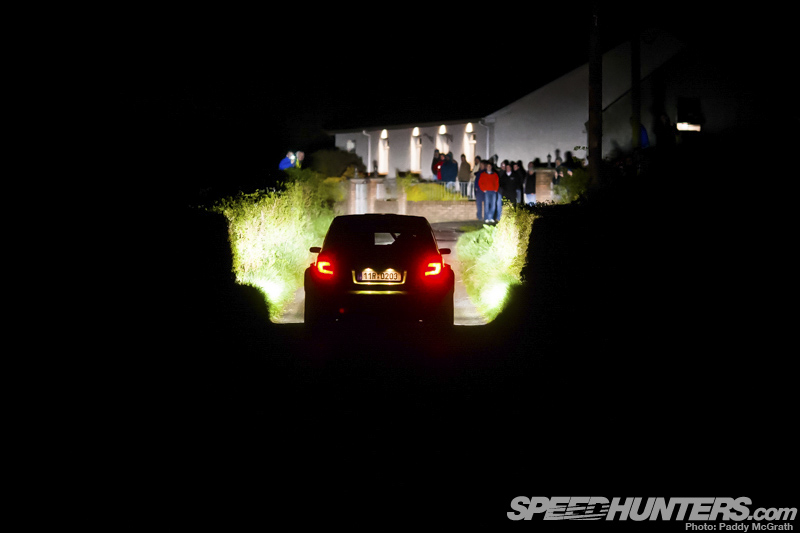
When we last discussed photography techniques we concentrated solely on shutter speed. Today, we’re going to continue our discussion with the other two primary factors that affect exposure: aperture and ISO. Aperture tends to be the one that frightens people most, what with talk of f/numbers and all that. As I’ve written previously, there’s no need to get caught up in the numbers or worry about what they mean – you just need to be aware of how they affect things. ISO is the final piece in the exposure triangle. Remember, changing either your shutter speed, aperture or ISO has an automatic knock-on effect on the other two factors.
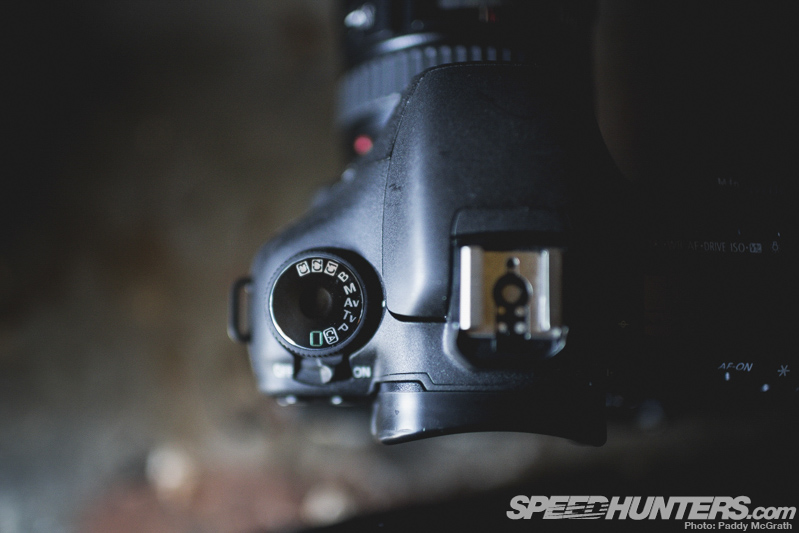
For this post we’re going to concentrate on setting your Canon camera to Av (Nikon/Sony to A) and we can work from there. In this mode, you decide the aperture value and your camera figures out what it believes to be the correct shutter speed value (I say believes, because it sometimes gets it wrong as it can be tricked by particularly bright or dark areas within your frame).
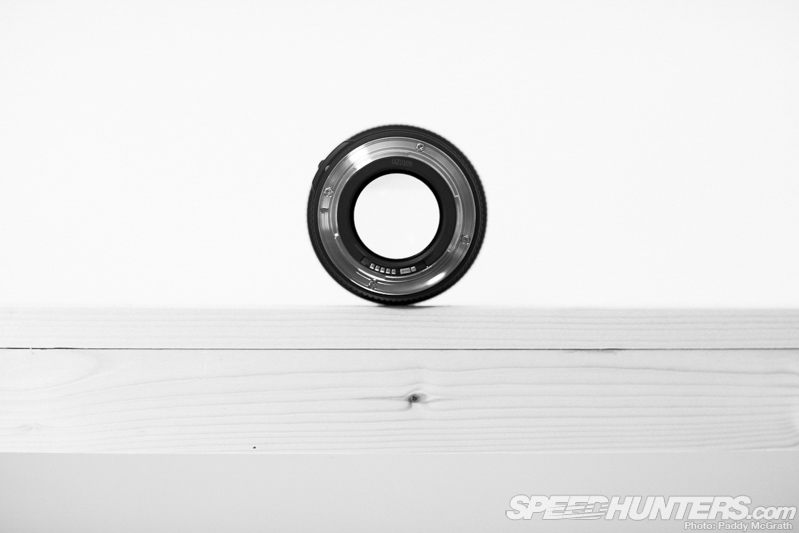
Aperture
Latin for ‘opening’, the aperture mechanism is housed inside the lens. In most cases it is simply an electronically controlled iris that can be opened wide or closed down to control the amount of light passing through the lens into the camera. When wide open (which equates to a low f/number i.e. f/2.8) the lens is allowing the maximum amount of light it is capable of to pass through as pictured above. An effect of a wide aperture is a much narrower depth of field (less objects in focus). In contrast when the aperture is closed down to its smallest opening (which equates to a high f/number i.e. f/16), the lens is allowing the least amount of light to pass through. This results in a wider deeper depth of field (more objects in focus).
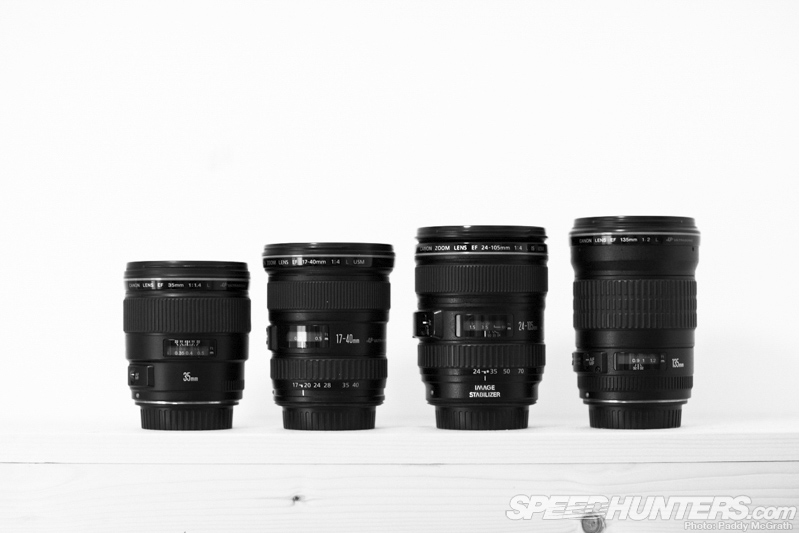
You can check out what your maximum aperture opening is by looking at the markings on your lens. A Canon 24-105 1:4 L IS has a maximum opening of f/4 throughout its entire focal range. A Sigma 17-70 F2.8-4 is capable of f/2.8 at 17mm but due to the design of the lens, can only open to f/4 at 70mm. Lenses that have fixed aperture values, that is, a lens capable of the same maximum aperture value throughout the entire focal length tend to be either expensive, or a prime lens, or both.
You will find that a lot of the Speedhunters team favour fast prime lenses as they tend to offer superior sharpness, quality and a much wider aperture opening than their zoom brethren. That being said, there is always room for a good zoom lens in your arsenal, especially when versatility is required.
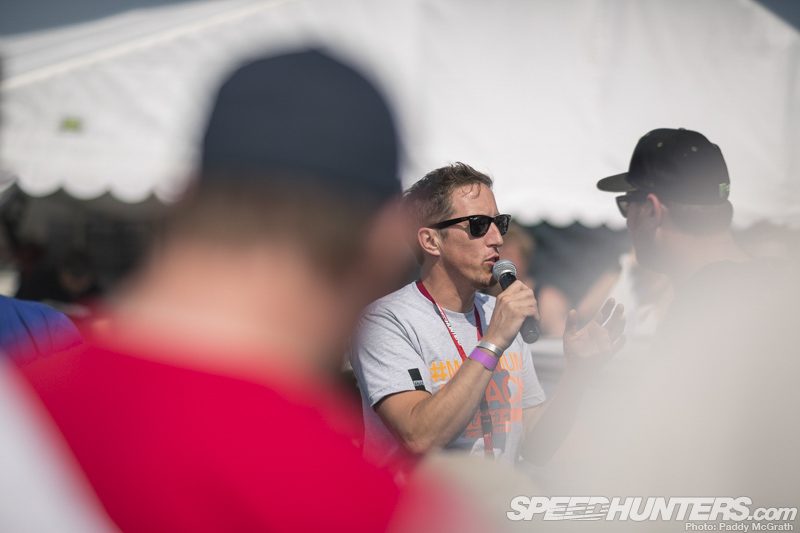
Canon EOS 5D MKII with Canon 85mm f/1.2 L, 1/6400th, f/1.4, ISO100
With the details out of the way, let’s take a look at aperture from a more practical perspective. When do you choose to use aperture priority?
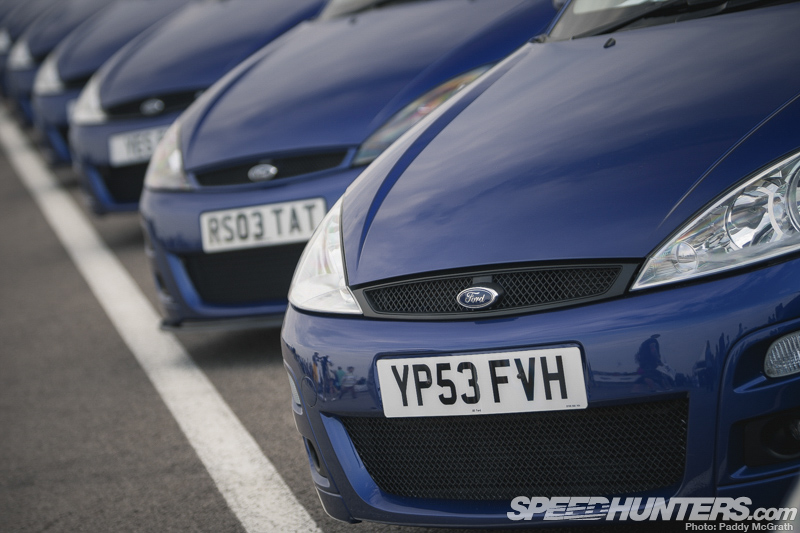
Canon EOS 1D MKIII with Canon 70-200mm f/2.8 L IS, 1/400th, f/2.8, ISO200
Whenever you want really. I tend to use aperture priority when I’m not looking to display movement in a shot and/or when I’m more concerned about the depth of field.
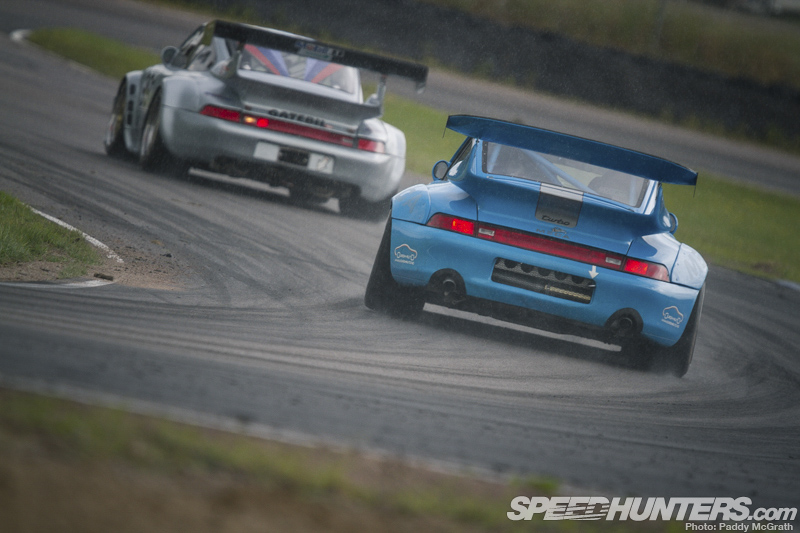
Canon EOS 7D with Canon 300mm f/2.8 L IS + 1.4XTC, 1/500th, f/4, ISO400
Another instance where I will choose aperture priority is when I want the fastest shutter speed available. By shooting wide open (or close to it), you’re allowing all of the available light to pass through the lens into your camera. To prevent the shot from being overexposed, the camera will use the fastest shutter speed it can manage which results in the shutter being open open for the shortest amount of time resulting in frozen action.
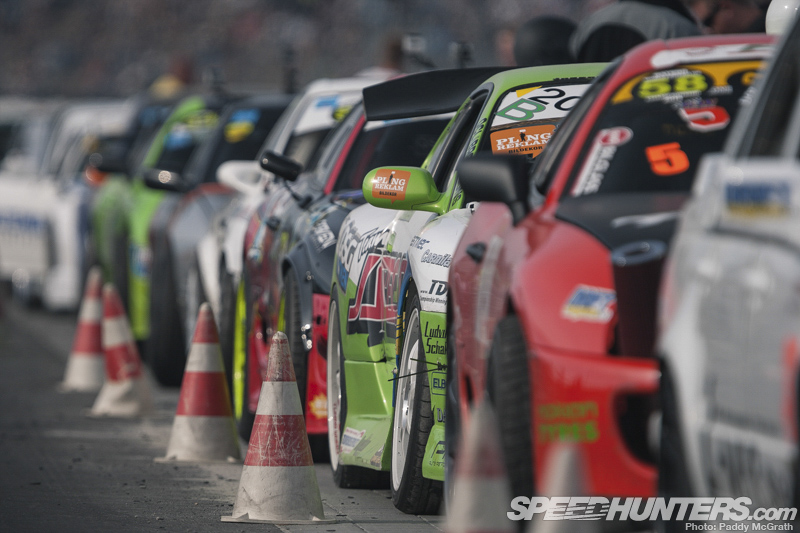
Canon EOS 1D MKIII with Canon 300mm f/2.8 L IS + 1.4xTC, 1/2000th, f/4, ISO400
It’s worth pointing out that if you choose to use a teleconverter to increase your effective focal length, it’s going to reduce your maximum aperture value. As above, an f/2.8 lens will be reduced to f/4 with a 1.4xTC. If it was a 2xTC, f/2.8 would become f/5.6.
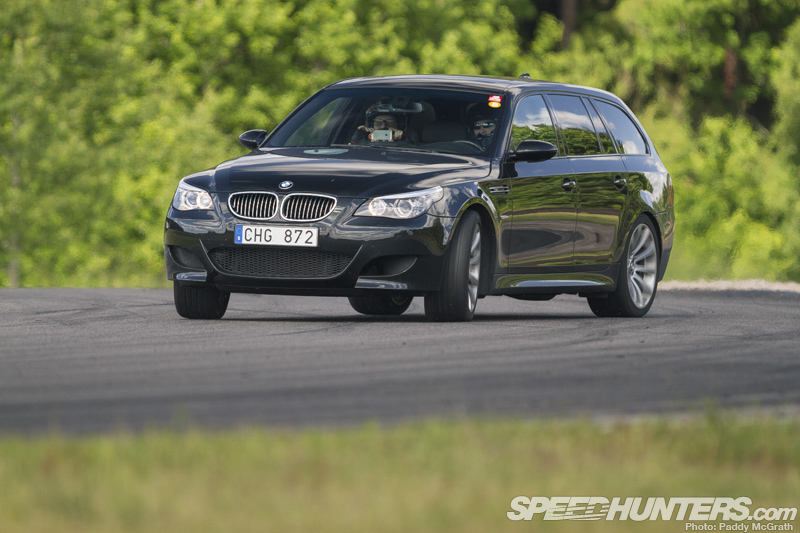
Canon EOS 7D with Canon 300mm f/2.8 L IS, 1/400th, f/2.8, ISO250
As we know, a common result of shooting wide open is a fast shutter speed. Sometimes this is desirable – other times it’s not. Let’s face it, if a car looks like it’s parked on the track in your photograph, it’s probably not going to set the viewer’s world alight. But what if you want that silky smooth shallow depth of field and you want to show some movement too? This is where your third factor can help you out some, your ISO. By decreasing your ISO, and in-turn reducing your camera’s sensitivity to light, you can shoot wider apertures with slower shutter speeds.
For the above I’m at ISO250 and the camera responded with a 1/400th at f/2.8. Let’s just say I was at ISO500, I would have ended up with a shutter speed closer to 1/800th at the same aperture which would have pretty much killed any sense of motion in the spinning wheels. Similarly, if I wanted to show more motion, I could have reduced my aperture further but I would then risk losing the shot to camera shake or just to the movement of the car.
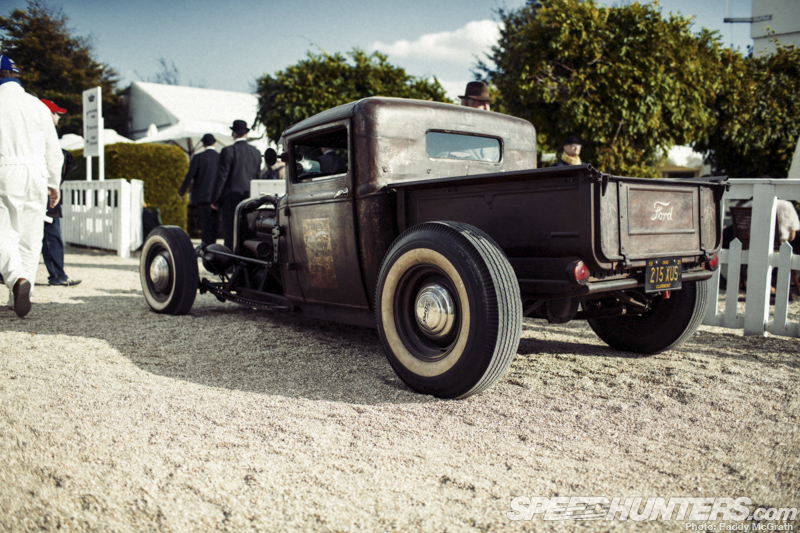
Canon EOS 5D MKIII with Canon 35mm f/1.4 L, 1/800th, f/2, ISO100
So, what are the downsides to shooting wide open? Dependant on lens, you’re usually shooting through your lens at its worst. Wide open images tend to be a little bit softer than their stopped-down relations (stopping your lens down is reducing the size of the opening or increasing the f/number). Also, shooting wide open can enhance defects in the lens such as chromatic aberrations, which manifest themselves as green or purple colour fringing in certain areas of the photograph.
I try to shoot a little bit stopped down with my faster primes (at f/2 in this case instead of its maximum aperture value of f/1.4) as it results in superior image quality.
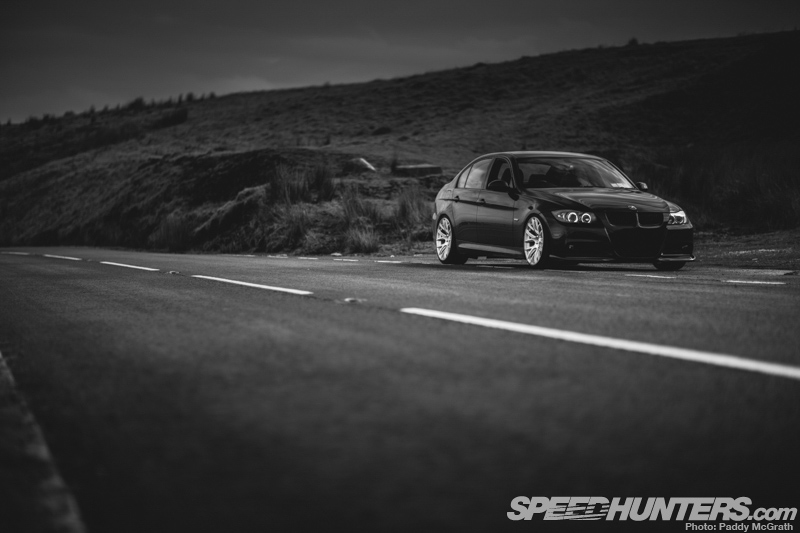
Canon EOS 5D MKII with Canon 85mm f/1.2 L, 1/800th, f/1.2, ISO50
As we publish most of our work online at a resolution of 800PX wide, we tend to be able to get away with a little bit of softness or chromatic aberration here and there, as you tend not to notice it as much as you would the same photograph spread across two pages of your favourite car magazine.
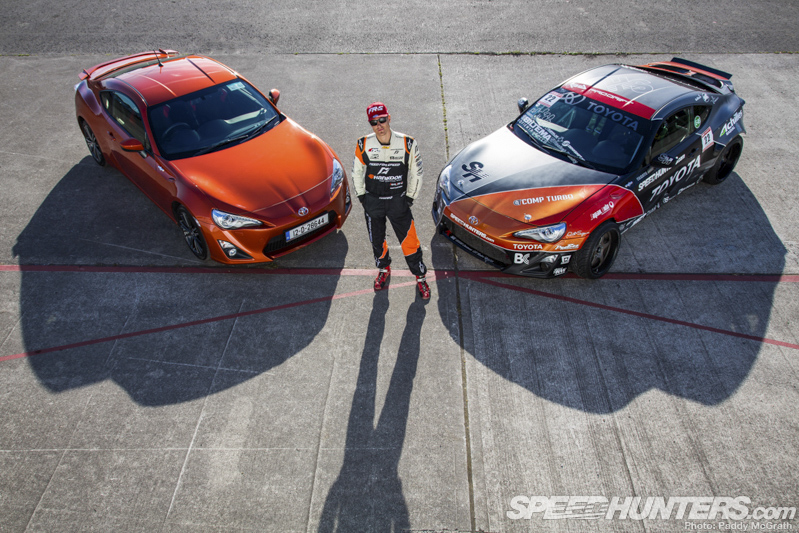
Canon EOS 5D MKIII with Canon 24-105mm f/4 L IS, 1/160th, f/8, ISO100
Of course, when you need absolute sharpness and detail from front to back, you need to stop your lens down significantly. For this particular promo shot, f/8 was enough to ensure maximum sharpness throughout the image. At full resolution, you wouldn’t believe the amount of defects the camera and lens picked up. From cigarette butts on the ground (which have since been photoshopped out) to the light swirl marks in the GT86’s paint on the left of the image.
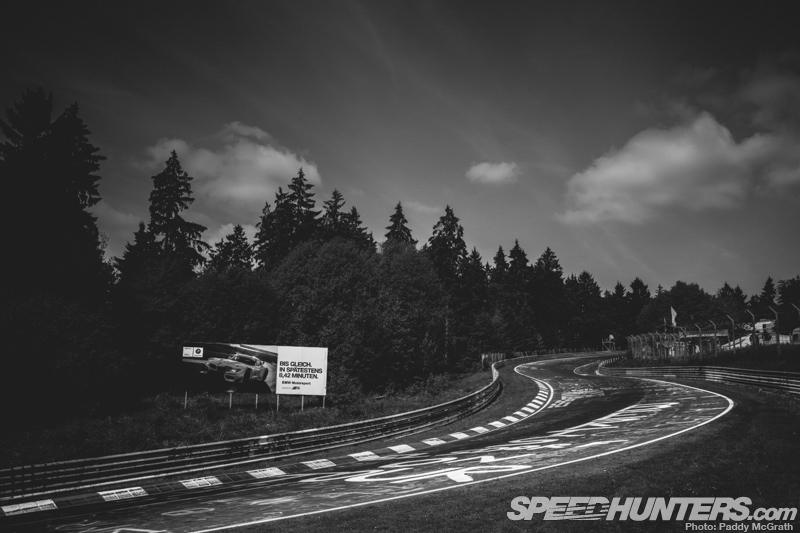
Canon EOS 5D MKIII with Canon 35mm f/1.4 L, 1/160th, f/8, ISO100
Traditionally, a large depth of field (high f/number remember) is required when shooting landscapes too. Of course, you can always experiment and compare the different results afterwards.
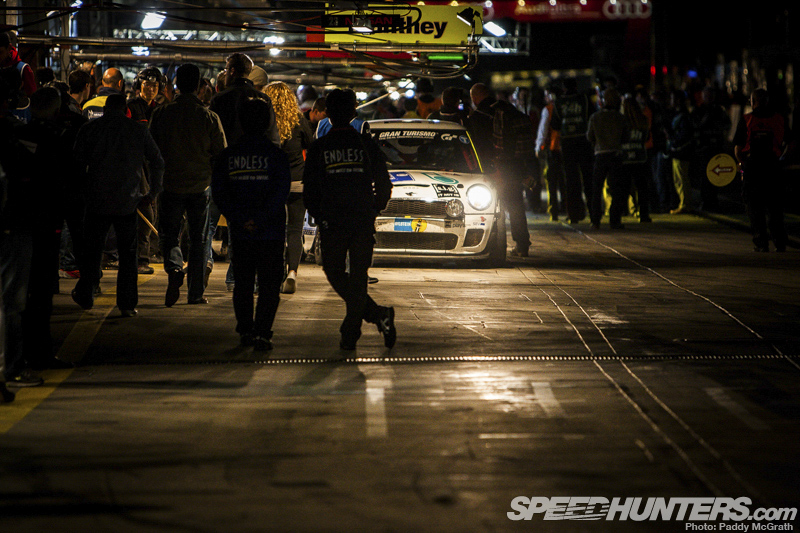
Canon EOS 1D MKIII with Canon 70-200 f/2.8 L IS, 1/250th, f/2.8, ISO3200
We can’t finish this part of the guide without talking about the often over-looked ISO. As you should know by now, ISO is simply a rating on how sensitive your camera is to light. A low ISO number and your camera is pretty resistant to light, a high number means the opposite.There are drawbacks however for using a higher ISO, as the resulting images will contain significantly higher noise levels (which manifests itself as small coloured dots across the image), will be slightly softer and the colours will be a little muted also. You should always try and use the lowest possible ISO for any given situation.
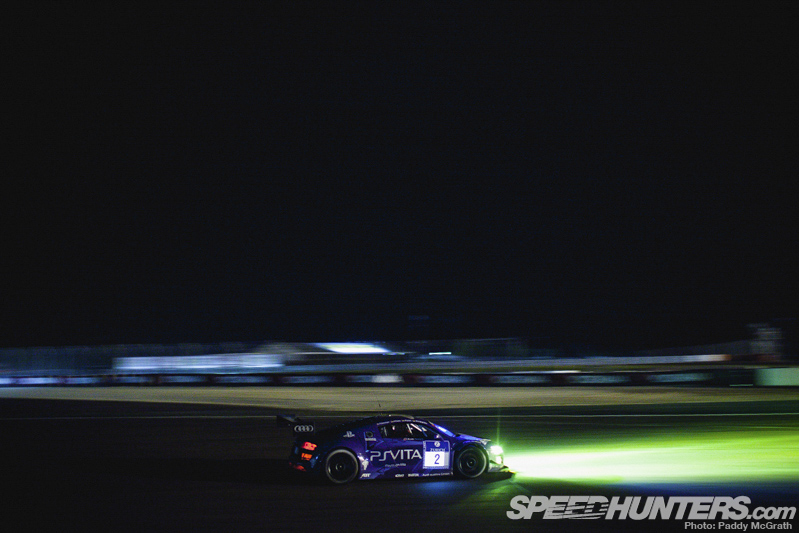
Canon EOS 5D MKII with Canon 35mm f/1.4 L, 1/40th, f/1.4, ISO3200
Unfortunately, some situations dictate a high ISO and the resulting grain. It’s also one of those times where you will be required to think for yourself, as the cameras internal systems struggle to identify what the correct exposure is. For the above, you should note that I’m shooting wide open (to allow the most amount of available light in), I have the ISO wound up pretty high so as to increase the camera’s sensitivity to light and and I’m shooting a relatively slow shutter speed to increase the amount of time that the light can be absorbed into the camera. Essentially, I’m doing everything in my power to grab an exposure. Instances like this will show up every weakness in your camera and lens setup.
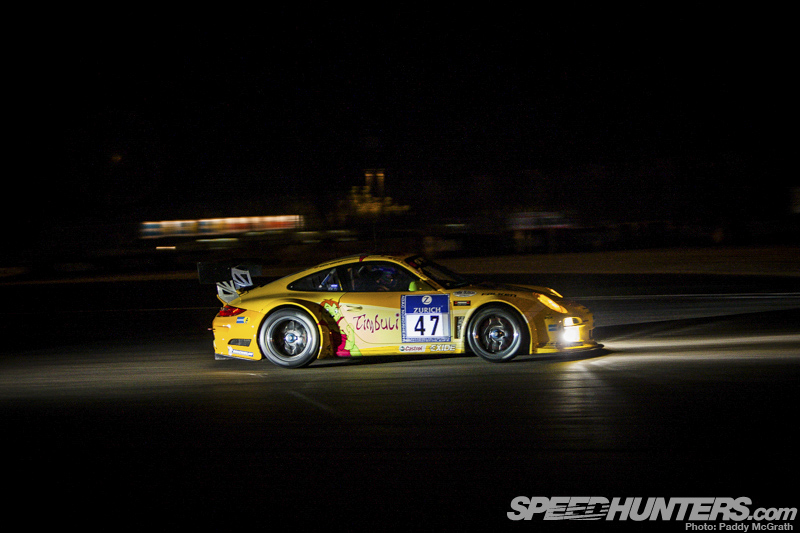
Canon EOS 1D MKIII with Canon 70-200 f/2.8 L IS, 1/80th, f/2.8, ISO3200
You often have to think outside the box in situations like this. I try to avoid using on-camera flash as much as possible (because I don’t like the result, especially in low light conditions) so I try to use the headlights of the car behind, to illuminate the car in front. Of course, this is a game of chance as you can’t depend on every car to have a car behind it, and you really have to play the waiting game. But I’ve had success with this strategy.
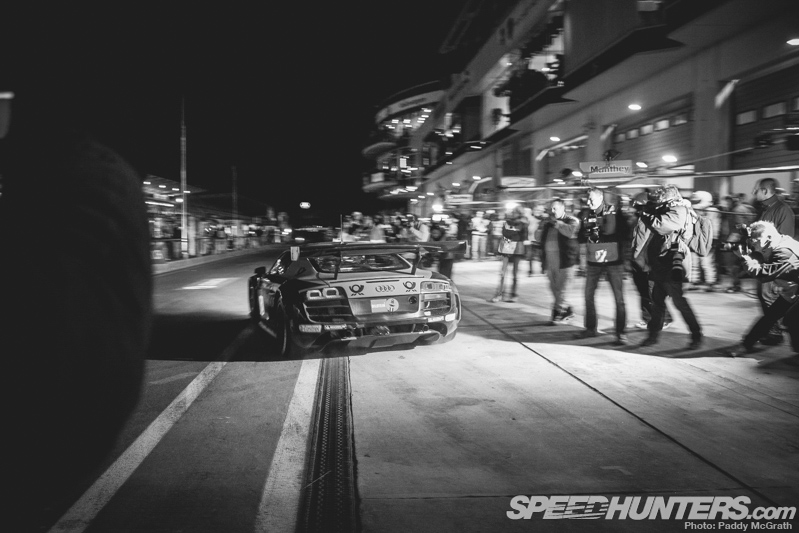
Canon EOS 5D MKII with Canon 24-105mm f/4 L IS, 1/40th, f/4, ISO5000
It’s also worth trying to sync your shot with another photographer who is shooting with on-camera flash. It’s rather difficult, and you will need to spray and pray a little, but the results can be quite dramatic.
If you have any questions, or if you want me to elaborate on any points made above or before, please leave a comment below. Safe shooting!
Paddy McGrath
Twitter: @PaddyMcGrathSH
Instagram: speedhunters_paddy
paddy@speedhunters.com
The Speedhunters Photography Guide
Photography Related Stories on Speedhunters






Hi, my husband is just completing his 34 Ford rod and wants me to take photos of it. I have been learning to shoot manual with my Sony Nex 5 ( thinking of upgrading )... my question is, ...of my 2 lens.. which would you advise, the E18-55 mm or the E16 mm.... planning on taking them outside not moving....thx
great article, i'm still a little confused but i'll get there. I just want to thank you for writing a good article.